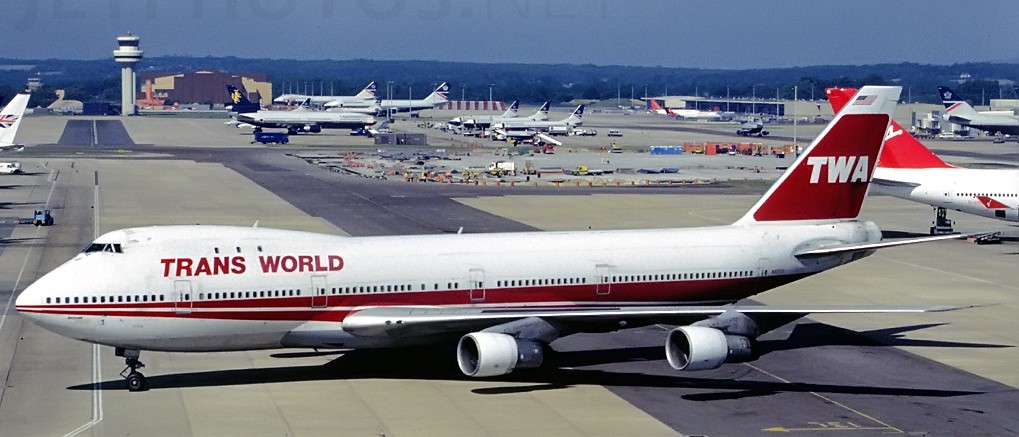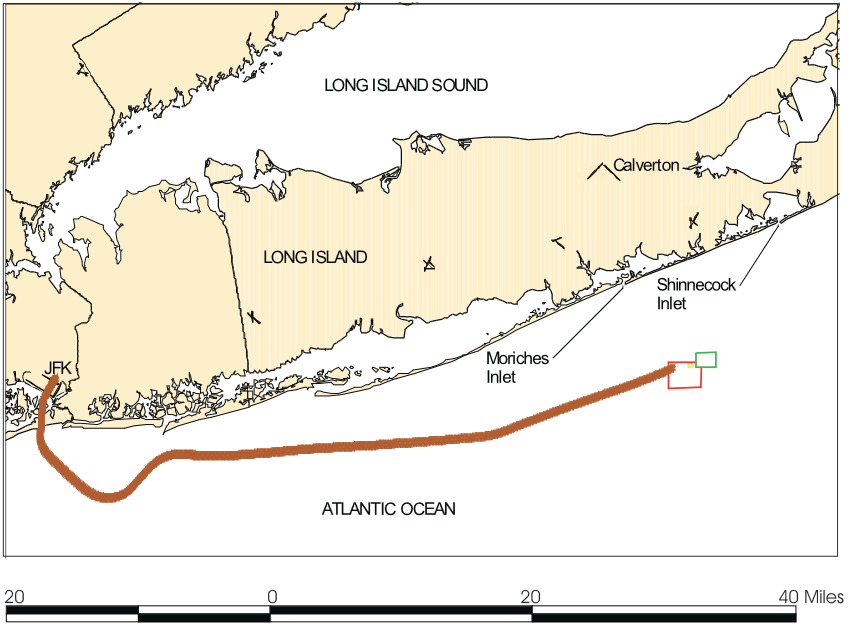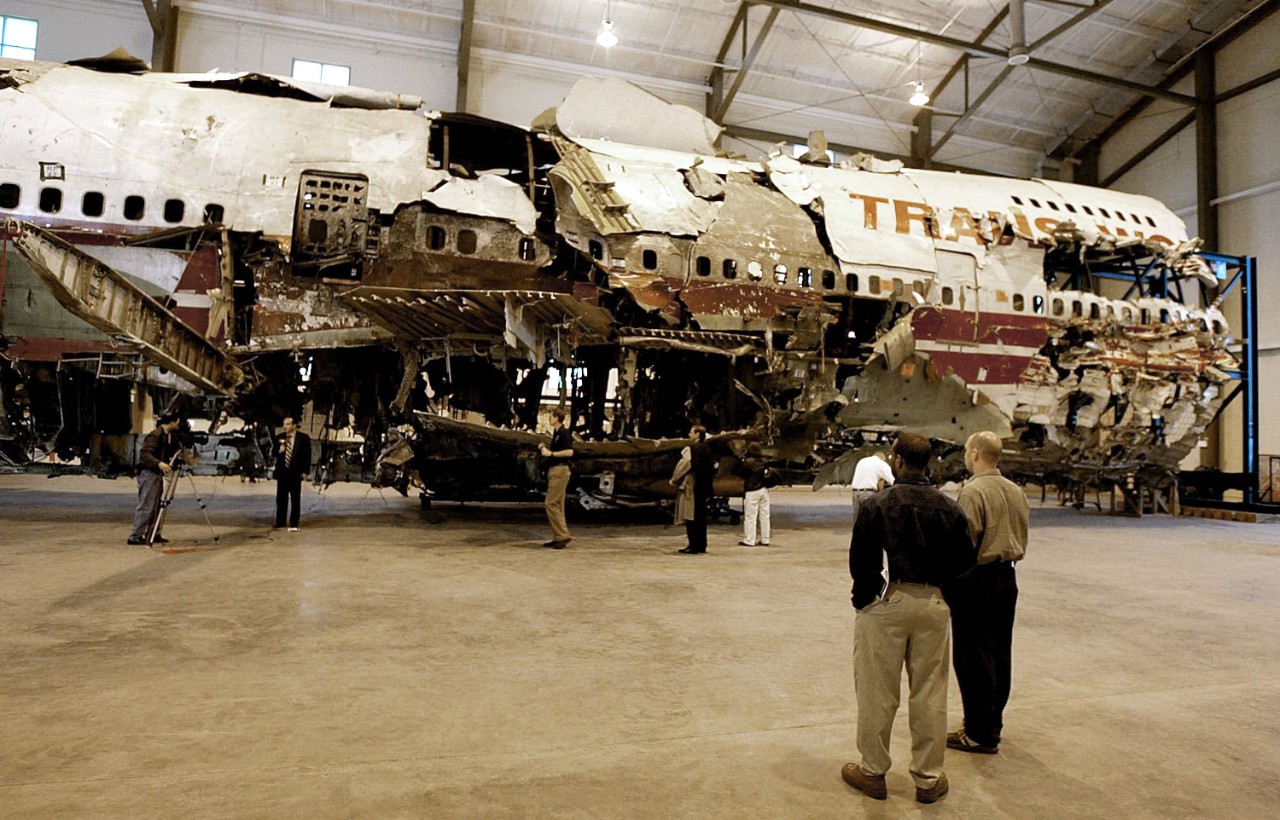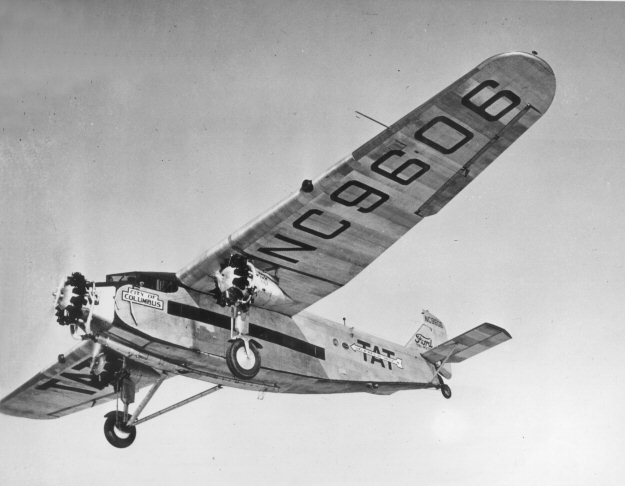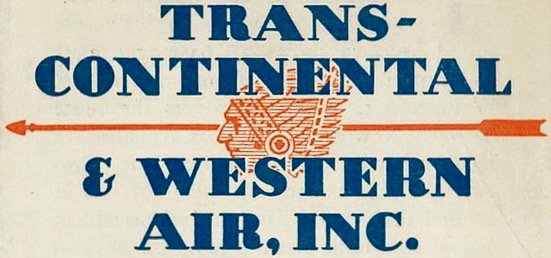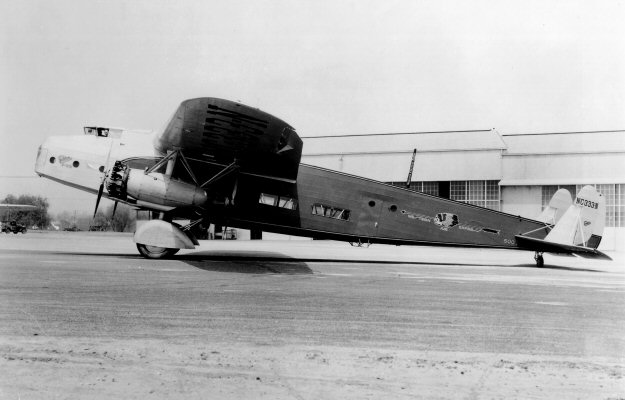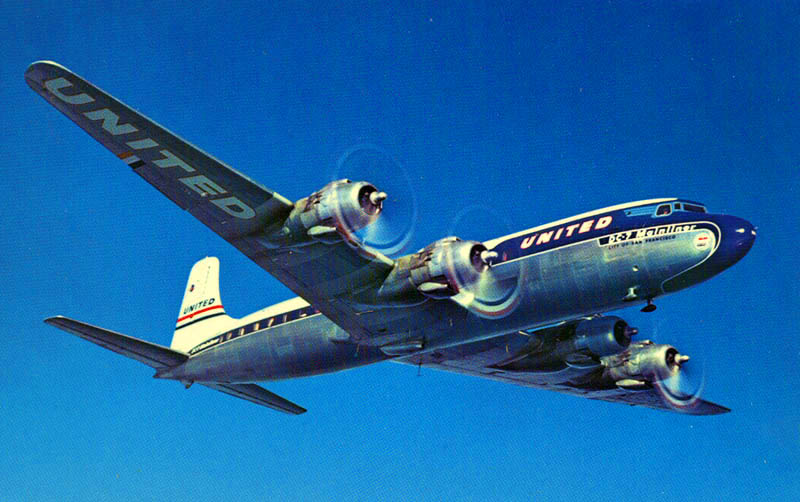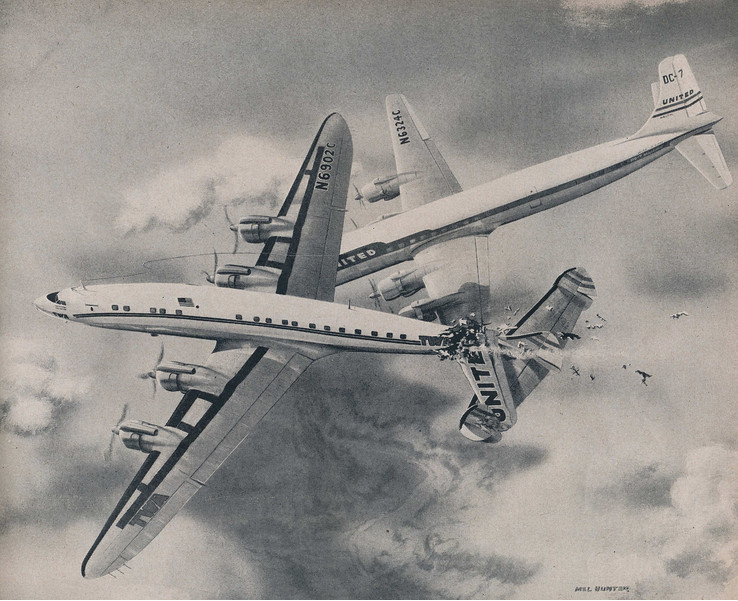
16 December 1960, 10:33:32 a.m., Eastern Standard Time: United Air Lines Flight 826, a Douglas DC-8 jet airliner, collided with Trans World Airlines Flight 266, a Lockheed L-1049 Super Constellation, at approximately 5,200 feet (1,585 meters) over Staten Island, New York. The Lockheed crashed near the point of collision, on the former Miller Army Air Field, while the DC-8 continued to the northeast before crashing at Brooklyn.
All 128 persons on board both airliners were killed, as were 6 persons on the ground. One passenger, an 11-year-old boy on board the DC-8, did survive the crash, but he died the following day as a result of having inhaled the burning jet fuel fumes.
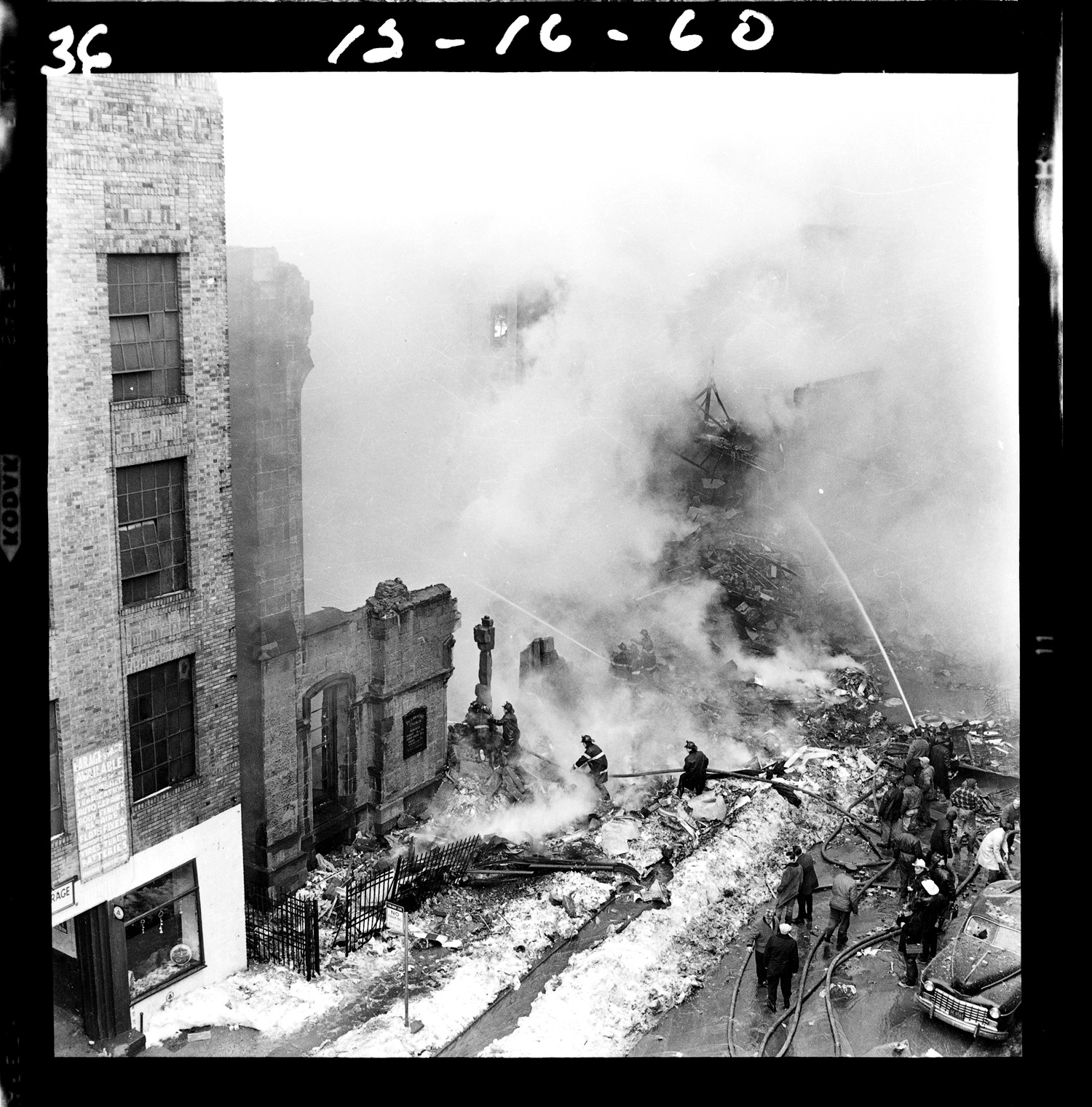
The Civil Aeronautics Board investigation of the accident was the first to use data from a Flight Data Recorder from one of the involved airplanes.
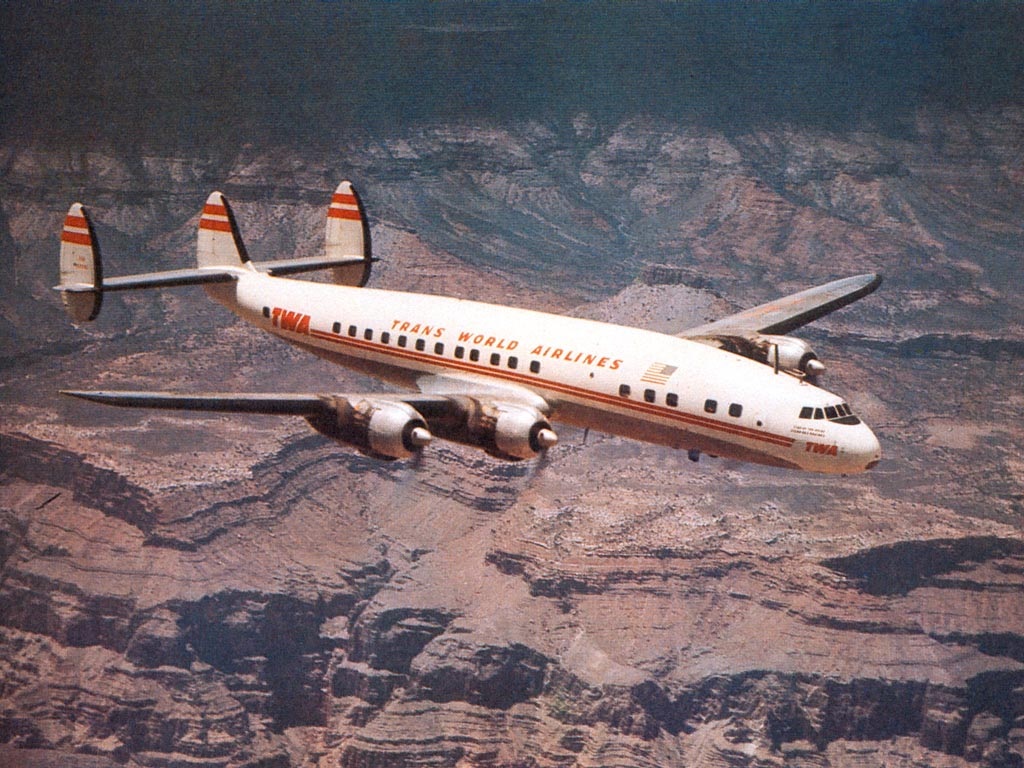
![]() TWA Flight 266 had originated at Dayton, Ohio, with an intermediate stop at Columbus, Ohio. The Super Constellation departed Port Columbus Airport at 9:00 a.m., en route to La Guardia Airport, New York. Captain David Arthur Wollam, a fifteen year veteran of TWA with 14,583 flight hours, was in command. First Officer Dean T. Bowen and Second Officer (Flight Engineer) LeRoy L. Rosenthal completed the cockpit crew. The cabin crew were Hostess Margaret Gernat and Hostess Patricia Post. The airliner carried 39 passengers.
TWA Flight 266 had originated at Dayton, Ohio, with an intermediate stop at Columbus, Ohio. The Super Constellation departed Port Columbus Airport at 9:00 a.m., en route to La Guardia Airport, New York. Captain David Arthur Wollam, a fifteen year veteran of TWA with 14,583 flight hours, was in command. First Officer Dean T. Bowen and Second Officer (Flight Engineer) LeRoy L. Rosenthal completed the cockpit crew. The cabin crew were Hostess Margaret Gernat and Hostess Patricia Post. The airliner carried 39 passengers.
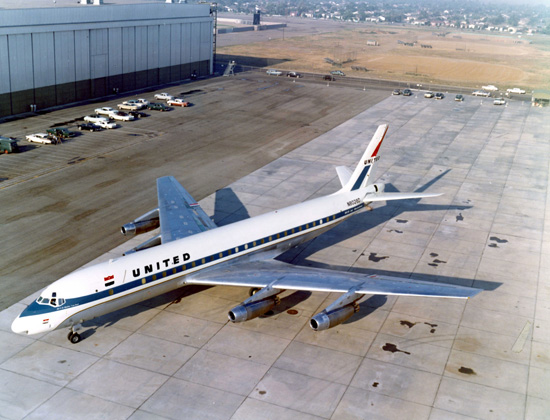
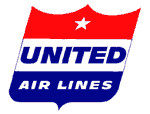 UAL Flight 826 was a non-stop flight from O’Hare Airport, Chicago, Illinois, to New York International Airport (“Idelwild Airport,” now John F. Kennedy International Airport), New York City. The Pilot in Command was Captain Robert H. Sawyer. He had flown for United for nineteen years, and had 19,100 flight hours, with 344 hours in the new DC-8 jet airliner. The co-pilot was First Officer Robert W. Flebing and the flight engineer was Second Officer Richard E. Pruitt. There were four flight attendants in the cabin: Stewardess Mary J. Mahoney, Stewardess Augustine L. Ferrar, Stewardess Anne M. Bouthen, and Stewardess Patricia A. Keller. The flight crew had departed from Los Angeles, California, at 3:20 a.m., arrived at Chicago at 6:56 a.m., where they held over for two hours. The airliner departed Chicago at 9:11 a.m. with 76 passengers. (These times are Eastern Standard Time.)
UAL Flight 826 was a non-stop flight from O’Hare Airport, Chicago, Illinois, to New York International Airport (“Idelwild Airport,” now John F. Kennedy International Airport), New York City. The Pilot in Command was Captain Robert H. Sawyer. He had flown for United for nineteen years, and had 19,100 flight hours, with 344 hours in the new DC-8 jet airliner. The co-pilot was First Officer Robert W. Flebing and the flight engineer was Second Officer Richard E. Pruitt. There were four flight attendants in the cabin: Stewardess Mary J. Mahoney, Stewardess Augustine L. Ferrar, Stewardess Anne M. Bouthen, and Stewardess Patricia A. Keller. The flight crew had departed from Los Angeles, California, at 3:20 a.m., arrived at Chicago at 6:56 a.m., where they held over for two hours. The airliner departed Chicago at 9:11 a.m. with 76 passengers. (These times are Eastern Standard Time.)
Both airliners were flying under Instrument Flight Rules and followed a series of airways defined by a system of Very High Frequency Omnidirectional Ranges (VORs)—radio ground stations—as well as radar service provided by Air Traffic Control Centers and Approach Control facilities along their route of flight. As it approached LaGuardia, Flight 266 was controlled by New York Center and LaGuardia Approach Control. Flight 826 was also with New York Center, but the approach to Idlewild was with Idlewild Approach Control. The radar controllers of New York Center “handed off” Flight 266 to LaGuardia Approach at 10:27 a.m. Center cleared Flight 826 to the PRESTON Intersection, and advised to expect to hold at that position. It then handed off 826 to Idlewild Approach at 10:33 a.m.
PRESTON Intersection is a position defined by the 346° radial of the Colts Neck VOR (COL) and the 050° radial of Robbinsville VOR (RBV). Aircraft use VOR receivers and a visual display instrument to locate intersections and their positions along airway routes.
However, at 10:21 a.m., the crew of United 826 informed their operations department that the DC-8’s number two VOR receiver had failed. Flight 826 did not advise ATC, however.
While navigation is still possible with only one VOR receiver, it is more complicated as the operator must continuously switch radio frequencies between two VOR stations, and realign the Pictorial Deviation Indicator (“PDI”) instrument to the changing radials of the two ground stations. The higher speed of the new jet airliner gave the flight crew less time to accomplish the continuous changes required.
LaGuardia instructed Flight 266 to make a series of small right hand turns as it set up for the final approach to the airport’s runways. This placed the Super Constellation over Staten Island.
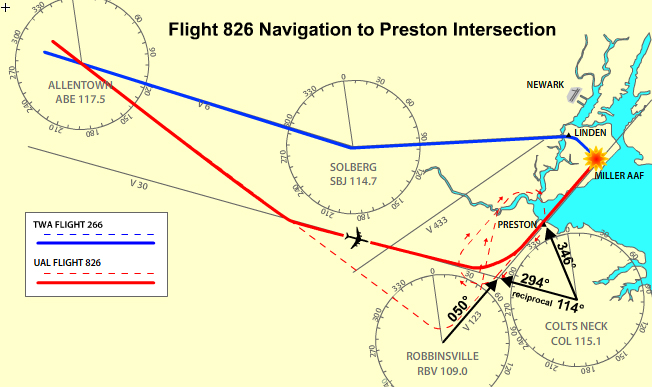
At 10:33:26 a.m., LaGuardia Approach called Flight 266, “Roger, that appears to be jet traffic off your right now 3 o’clock at one mile, northeast bound.” This transmission was not acknowledged.
At 10:33:28 a.m., Flight 826 “checked in” with Idlewild Approach Control, reporting, “Idlewild Approach Control, United 826, approaching PRESTON at 5,000.” Approach control acknowledged the report and informed the airliner that it could expect, “little or no delay at Preston.” Approach then relayed the current weather at the airfield, which was “600 scattered, 1,500 overcast, visibility one-half mile, light rain and fog.” This transmission was not acknowledged.
The crew of United Flight 826 had made a navigational error. At the time they reported that they were “approaching PRESTON,” the DC-8 had already flown approximately 11 miles (18 kilometers) beyond the clearance limit. Without having received clearance to proceed further, Flight 826 should have entered a holding pattern to the southwest of the intersection.
Air traffic controllers at LaGuardia Approach Control saw two radar targets merge. One then continued to the northwest, while the second remained stationary, then made a slow right turn before disappearing from the radar scope.
At the point of collision, the Super Constellation was in a slight left bank. The DC-8 was flying straight and level at 301 miles per hour. It struck the L-1049A from the right rear quarter, its number 4 engine penetrating the Constellation’s passenger cabin, and severing the Constellation’s right wing between the number 3 and number 4 engines. The Lockheed’s fuselage broke into three sections and caught fire. The DC-8 was heavily damaged in the collision, the outboard section of the right wing and the number 4 engine found among the Constellation’s wreckage at Miller Field. The jetliner continued for approximately 9 miles before crashing into a residential area of Brooklyn.
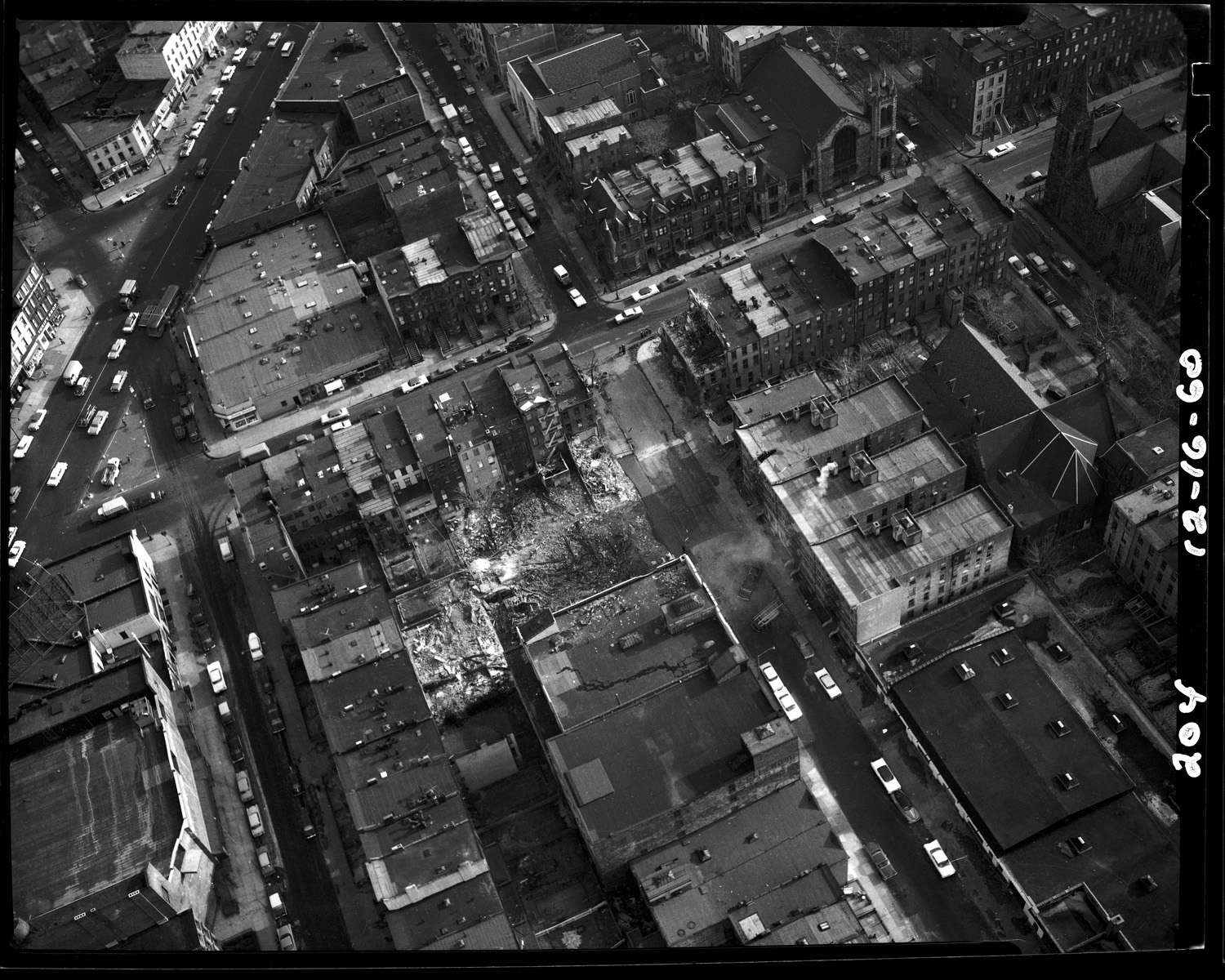
Trans World Airlines Flight 266 was a Lockheed L-1049-54 Super Constellation, serial number 1049-4021, registered N6907C. It had been delivered to TWA eight years earlier, 16 October 1952. At the time of the collision, the airliner had flown a total of 21,555 hours (TTAF). It was 3,905 hours since the last major overhaul (SMOH).
United Air Lines Flight 826 was a Douglas DC-8-11, serial number 45920, registered N8013U. It was delivered to United 22 December 1959. The airliner had flown 2,434 hours TTAF, and 42 hours since overhaul.
The DC-8 carried a Waste King Flight Recorder, from which significant data was recovered by crash investigators.
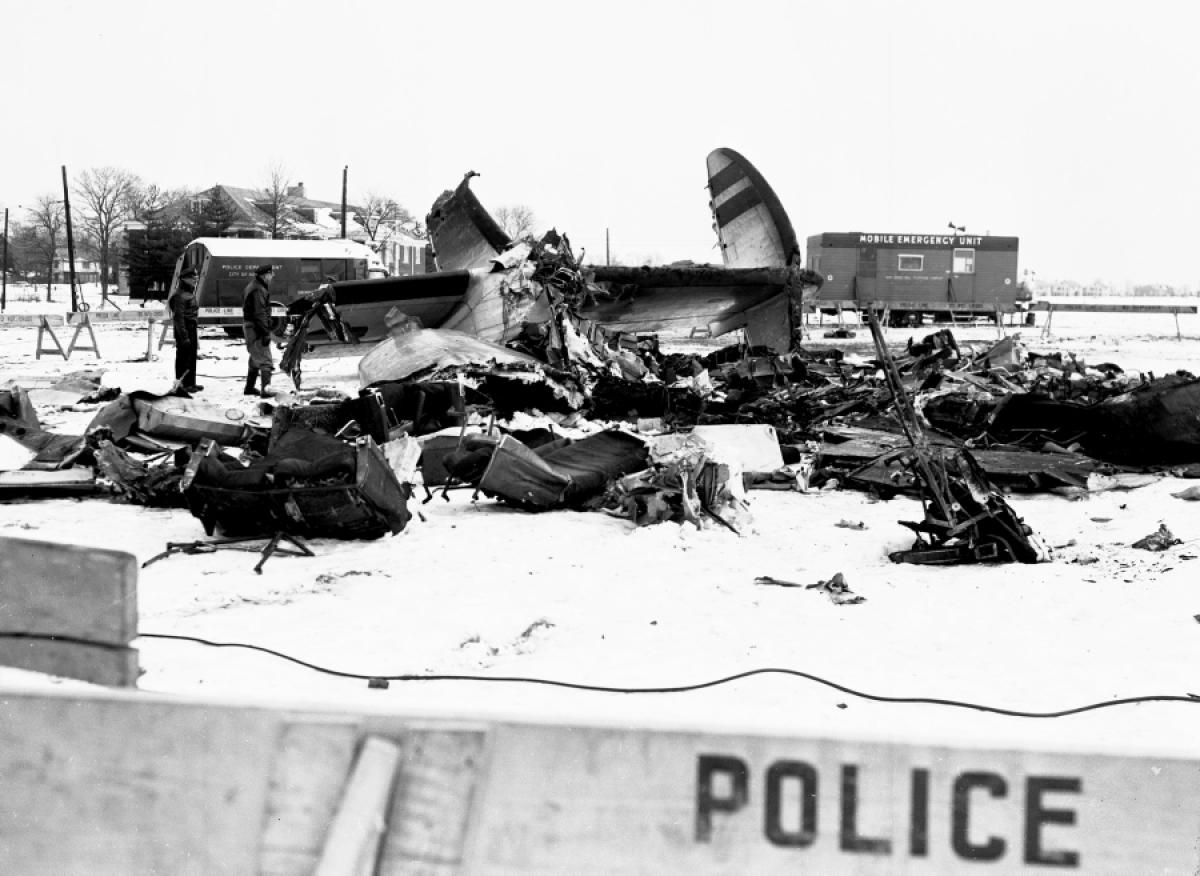
© 2018, Bryan R. Swopes
